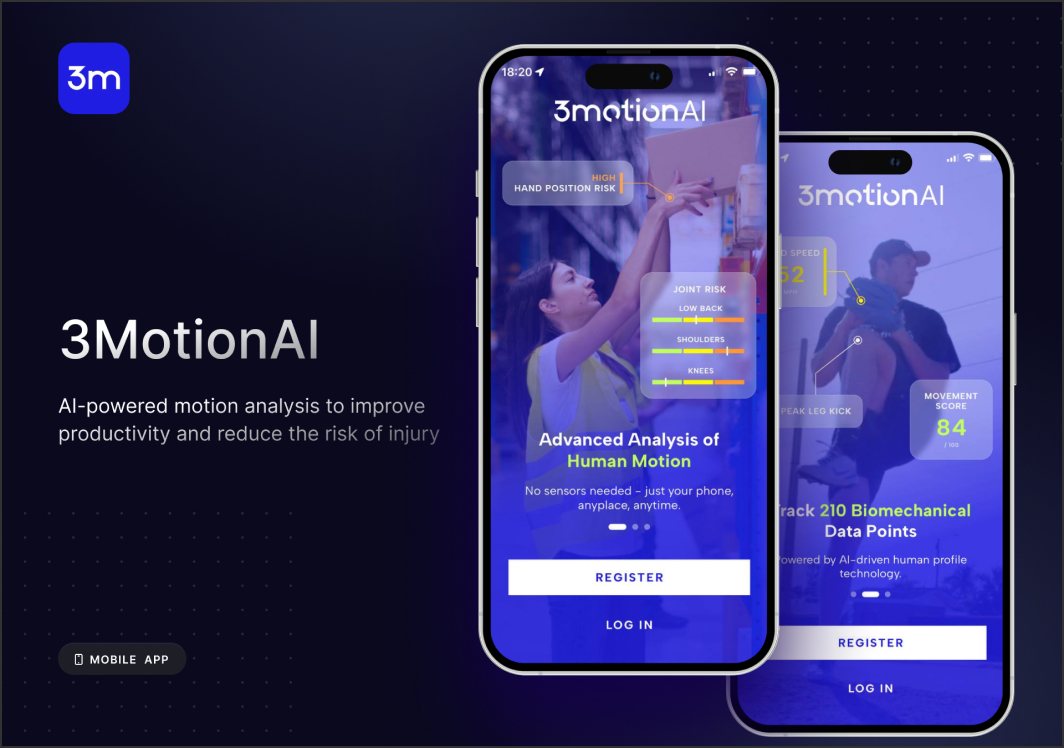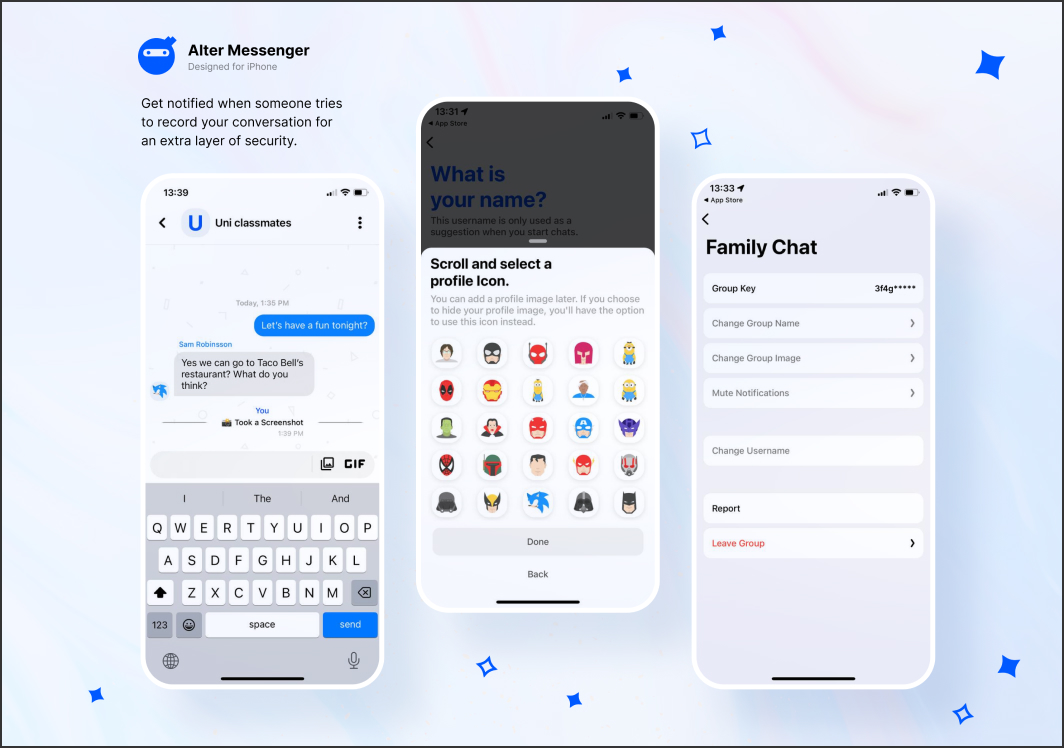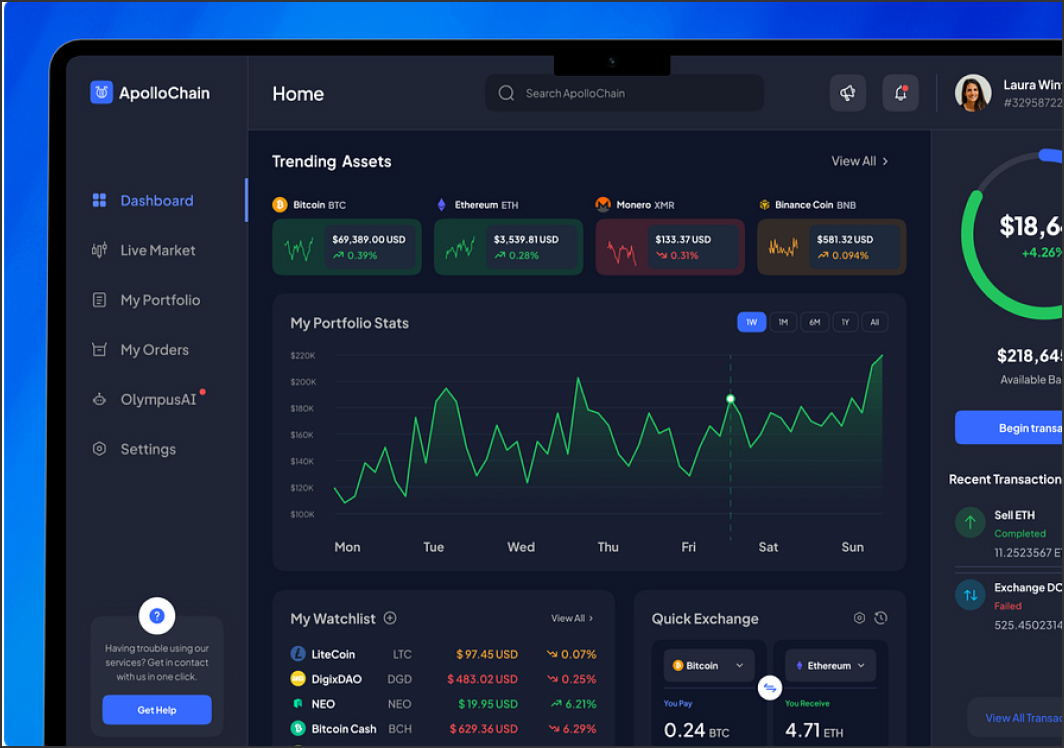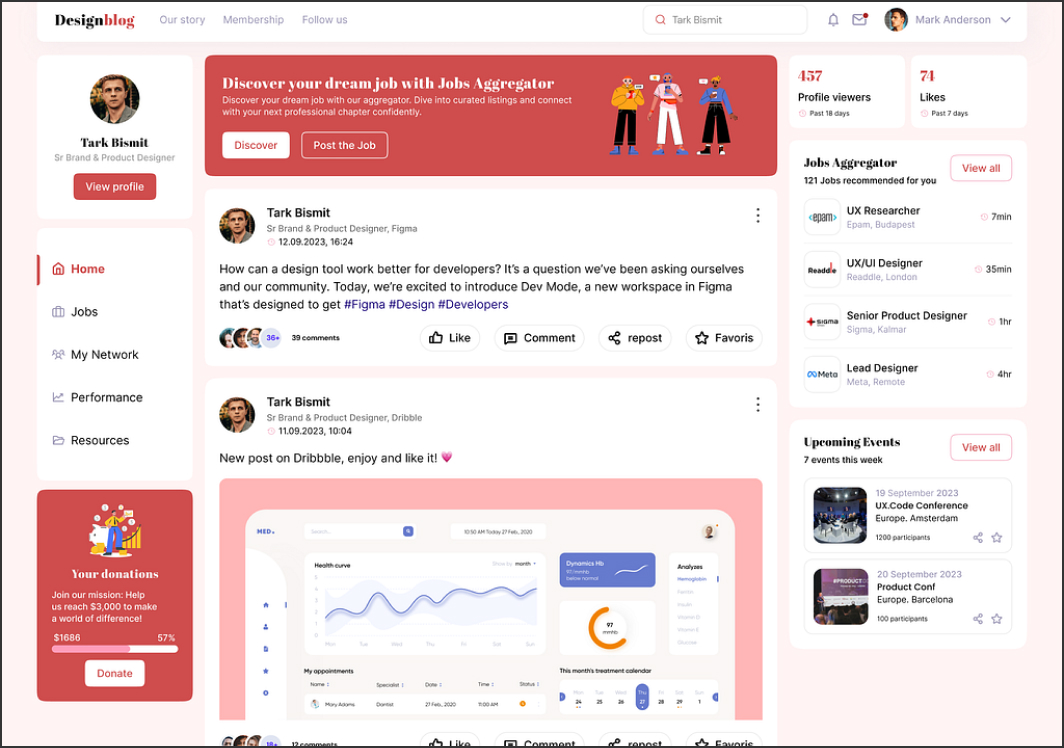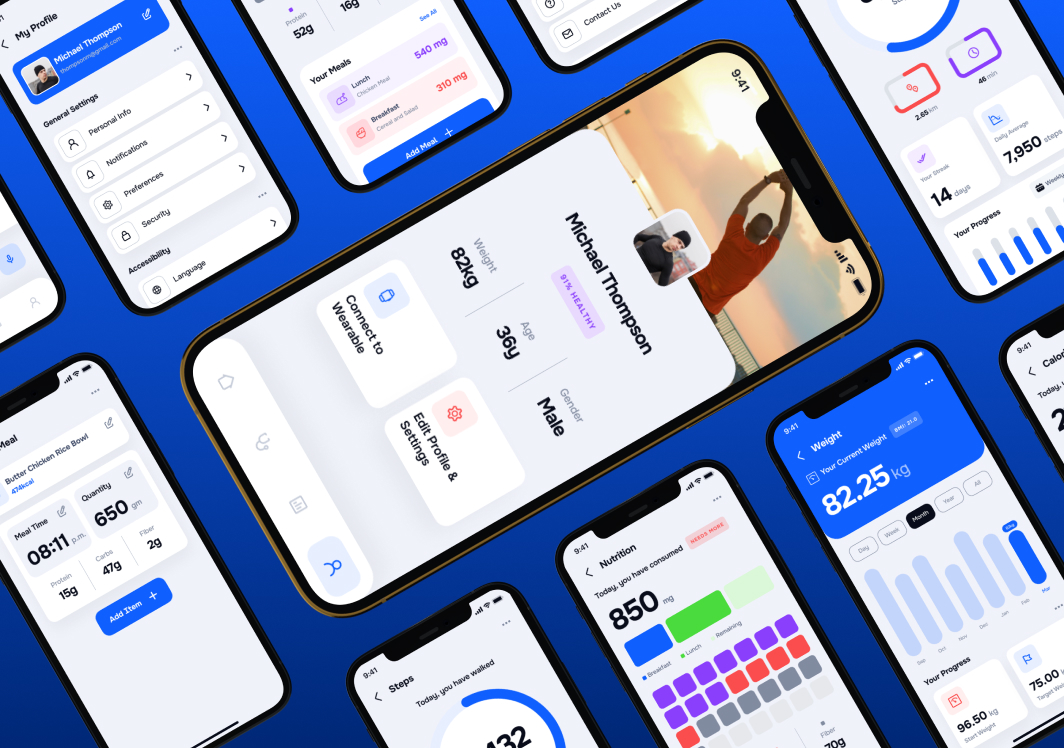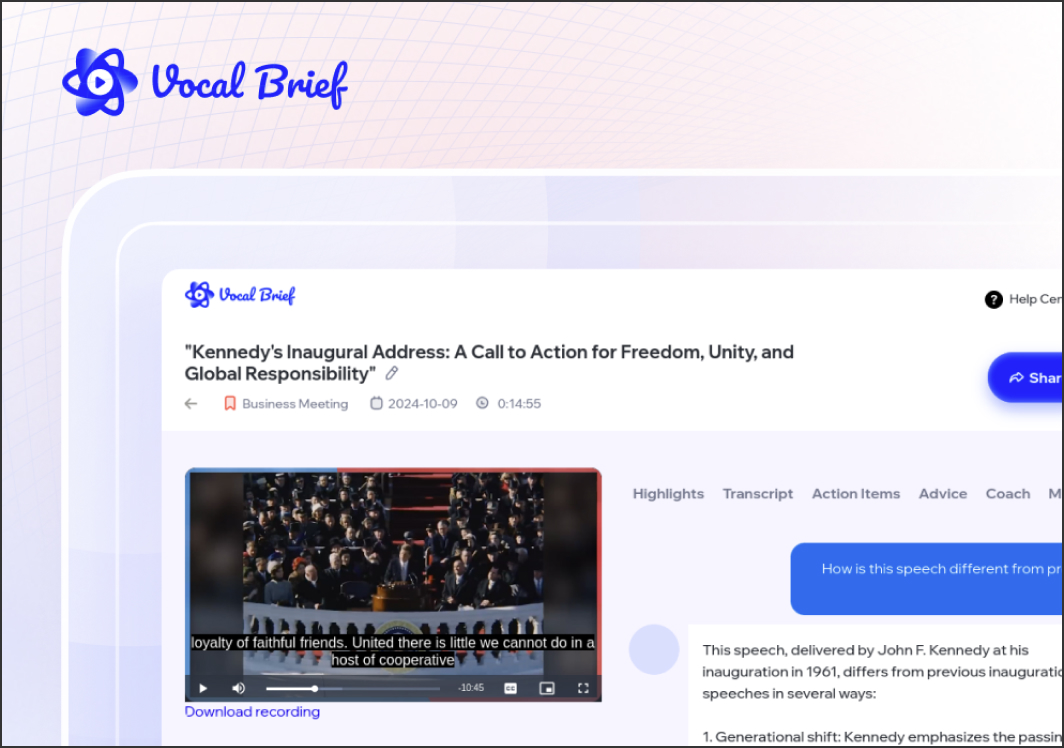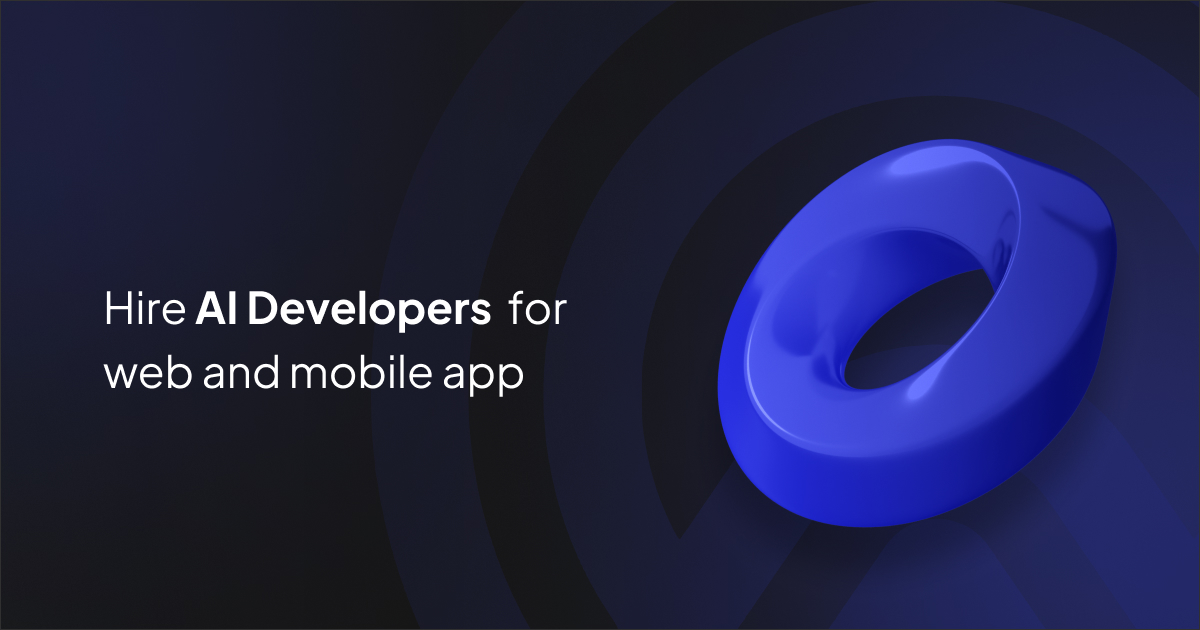An experienced n8n developer can turn scattered, manual processes into resilient, observable workflows—without locking you into proprietary automations. With n8n’s open-source, node-based builder and rich HTTP capabilities, you can orchestrate product, ops, finance, and support processes while controlling costs and data residency. This guide explains what to expect from the role, which skills matter most, and how to run a lean hiring process that ships value fast.
Why Choose n8n for Automation
Business value
- Ownership & flexibility: Self-host or cloud, extend with custom nodes, version control flows.
- Broad connectivity: Native nodes plus HTTP/GraphQL for any API, webhooks, queues, and schedulers.
- Governance: Credentials vaults, audit trails, role-based access, and execution logs for compliance.
- Cost control: Predictable hosting, no per-zap pricing; ideal for scaling automations across teams.
Core Skills to Look For
Technical competencies (must-have)
- Designing multi-step flows with branching, loops, and sub-workflows.
- API integration: OAuth2/API keys, pagination, rate limits, idempotency.
- Data transformation: JSON mapping, regex, schema validation, error paths.
- Reliability: retries with backoff, dead-letter queues, alerting to chat/email.
- Platform ops: n8n + Postgres in Docker/Kubernetes, backups, and environment promotion.
Product & collaboration
- Translating business rules into deterministic workflows with measurable KPIs.
- Estimating throughput/costs; proposing batching/caching to reduce API calls.
- Writing runbooks so non-technical teams can operate automations safely.
Typical Use Cases
- Lead-to-cash: Enrich leads, sync CRM ↔ billing, trigger invoices, update subscriptions.
- Support automation: Turn product events into tickets, route by priority, push SLA alerts to chat.
- Marketing ops: UTM hygiene, list sync, campaign attribution to analytics/warehouse.
- Finance & ops: Vendor onboarding, approvals, reconciliations, scheduled exports.
- Product & data: Webhook ingestion, QA checks, dbt or warehouse triggers.
Hiring Process (Lean & High-Signal)
-
Define outcomes
- Example: “Cut manual handoffs by 30% and reduce first-response time by 20%.”
-
Screening checklist
- Portfolio with 3–5 n8n workflows tied to KPI impact.
- Evidence of retries/backoff, pagination, and secure credential handling.
- Familiarity with your stack (CRM, billing, helpdesk, analytics).
-
Practical exercise (4–6 hours cap)
- Build a webhook-triggered flow with branching, validation, deduplication, and a rollback step; include a README with metrics.
-
Live review
- Pair on an extension: add idempotency keys, improve pagination, or introduce alerting and dead-lettering.
-
Security & governance review
- Roles, secrets rotation, logging, and environment promotion plan.
Best Practices & Tooling
Engineering standards
- Version workflows (JSON) in Git; maintain naming conventions and shared helper sub-workflows.
- Monitor execution metrics and failures; alert on anomaly spikes and latency.
- Separate environments (dev → test → prod) with change tickets and approvals.
Documentation essentials
- Runbooks with SLAs, rollback steps, and dependencies.
- Diagrams for triggers, branches, and external systems; ownership and on-call rota.
30–60–90 Day Plan
- 30 days: Audit processes, pick 3 high-leverage automations, ship baselines in a sandbox with logging.
- 60 days: Harden error handling, add alerts, promote to prod, train ops/support teams.
- 90 days: Optimise API usage and hosting costs, expand to adjacent workflows, publish a monthly KPI report.
Conclusion
The right n8n developer blends open-source flexibility with engineering discipline: robust integrations, predictable costs, and documentation your teams can run with. Define crisp outcomes, assess on real portfolios and governance, and grow automation incrementally where it proves durable and valuable.
Page Updated: 2025-10-06



















